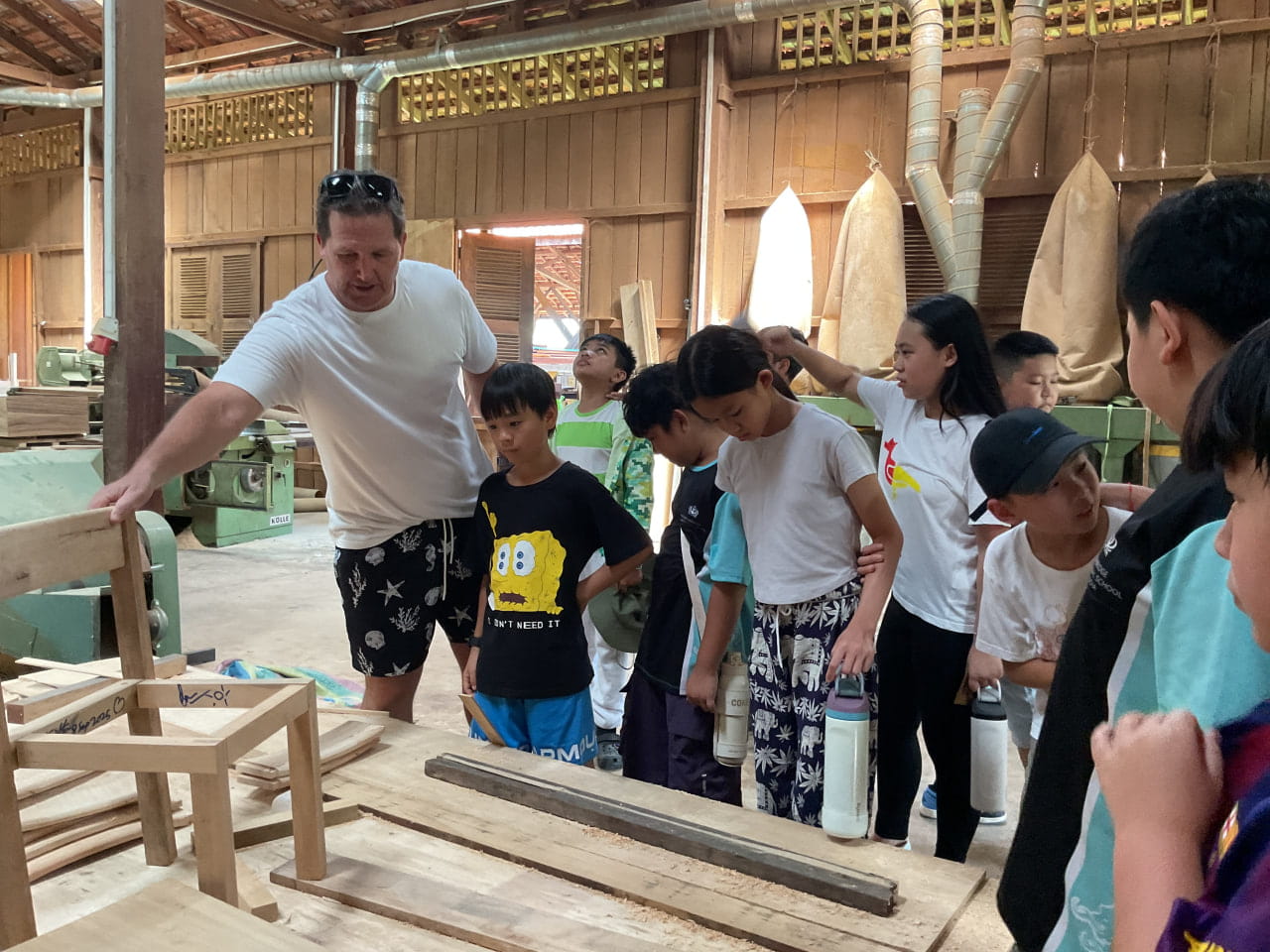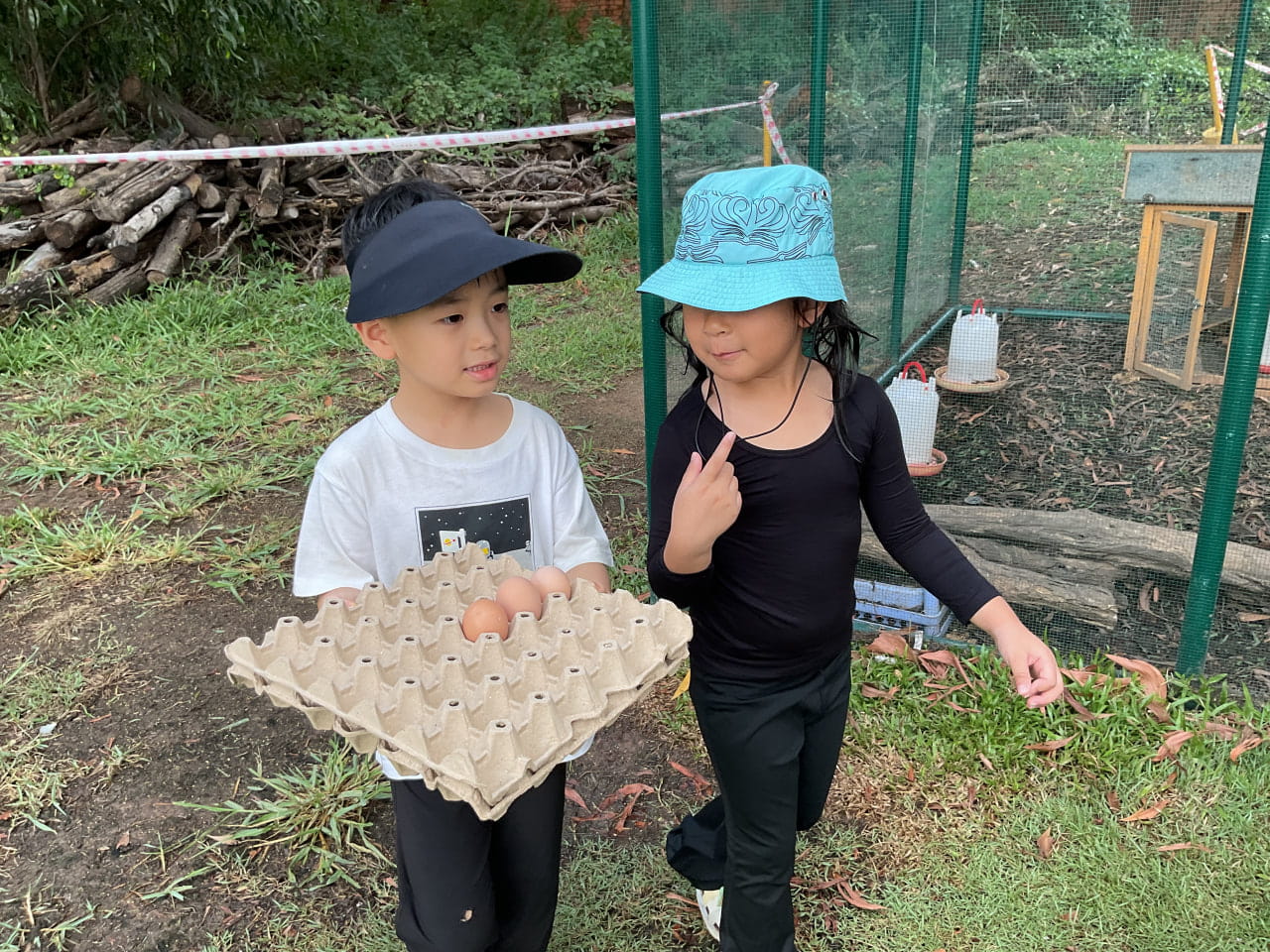Even after schools reopened, many of these online math platforms continued to be used in classrooms around the world. It is common for online math platforms like Khan Academy and Mathletics to claim that they are, “transforming the way children learn maths”. A question we are often asked however, is where do these digital math platforms fit into the PYP curriculum?
The IB Primary Years Programme (PYP) is the curriculum we use in Northbridge International School. The PYP is what is known as a transdisciplinary, inquiry-based curriculum. This means that, rather than teaching subjects such as math, languages, and science separately, all subjects are taught together through various units of inquiry throughout the year. The benefit of this curriculum model is that students get to connect the learning they do in the classroom to the world around them. By carrying out investigations into various real-world topics, students learn the true value of the knowledge and skills that they develop within the classroom. The PYP ensures that students can apply their learning an all areas of their lives, and we believe that this curriculum provides our students with the skills that they need to succeed in a rapidly changing world.
The obvious dilemma faced by PYP schools when considering how to use digital math platforms in their classrooms is that these platforms are discrete subject apps. This means that rather than teaching maths through a transdisciplinary programme, they build student’s math skills and knowledge in isolation, without relating what they are learning to other subject areas or real-world scenarios. Despite this significant limitation, it is important to recognise that these platforms offer some clear benefits to student learning.
Digital math apps offer students the chance to practice seemingly mundane tasks in interesting and engaging ways. Most adults will remember having to learn multiplication tables in school. Before the advent of digital learning platforms, learning your multiplication tables often meant sitting for hours and trying to remember tables through rote learning and memorisation. Digital learning apps have gamified this process. Today, students can play digital games that offer points and rewards in order to engage them while they are learning. In this way, we have seen that students can rapidly improve their mathematical fluency (the speed with which they can complete simple mental math problems) through the use of digital learning platforms.
Another key benefit of digital math apps can be found in their ability to collect data on student progress. Through the use of these platforms, teachers can access a wealth of information, such as how accurately students answer questions, which mathematical topics they may be struggling with, and even how quickly students answer individual math questions. Math platforms compile this data faster than a teacher could on their own, and this can give educators up-to-date information that can be used to provide immediate feedback for students.
The key question we must ask ourselves is this; if digital math platforms do offer benefits for students, but also do not easily fit inside the transdisciplinary PYP curriculum, how should teachers use these apps in their classrooms? I believe the answer lies in clearly defining the purpose of these apps in our classrooms. At Northbridge, the teaching of new mathematical concepts takes place in a transdisciplinary way. For example, students studying a unit of inquiry which examines how their choices affect their health may learn about how to calculate calories, how to measure running distances, or how to weigh different foods. This teaching method is used to relate student’s learning to real contexts so that they understand the usefulness of what they are studying. However, learning in this way does not always provide as many opportunities to practice what they have learned as we would like. This is where digital math applications can be integrated into learning at Northbridge. Rather than being used as a teaching tool, they are used to allow students to practice and develop skills and improve mathematical fluency.
For parents who may be using digital leaning apps to develop their children’s math ability at home, we have a number of suggestions. We would recommend that children limit the amount of time that they spend on math apps, using these platforms for no more than 30 minutes each day. This will ensure that children do not become overly reliant on digital device use, and have sufficient time for other activities and exercise. We would also recommend that parents ask their child’s teacher which mathematical areas are being covered in class, and make sure that children are also practicing these same topics at home. This will ensure that students are not just viewing the math tasks they are completing as isolated learning tasks, but rather as part of a wider transdisciplinary unit of inquiry which helps them to contextualise their learning.
Even after the Covid-19 pandemic, digital math platforms will continue to be used widely in schools, and as such, it is important that educators use these apps in thoughtful and considered ways. We must remember that these apps are not a replacement for high quality teacher or a well-planned curriculum, but rather are a tool that can be used to improve student learning if they are used for specific purposes. NISC will continue to work closely with our wider school community to ensure that digital learning platforms are used effectively to enhance and improve the teaching and learning that takes place both in school and at home.






